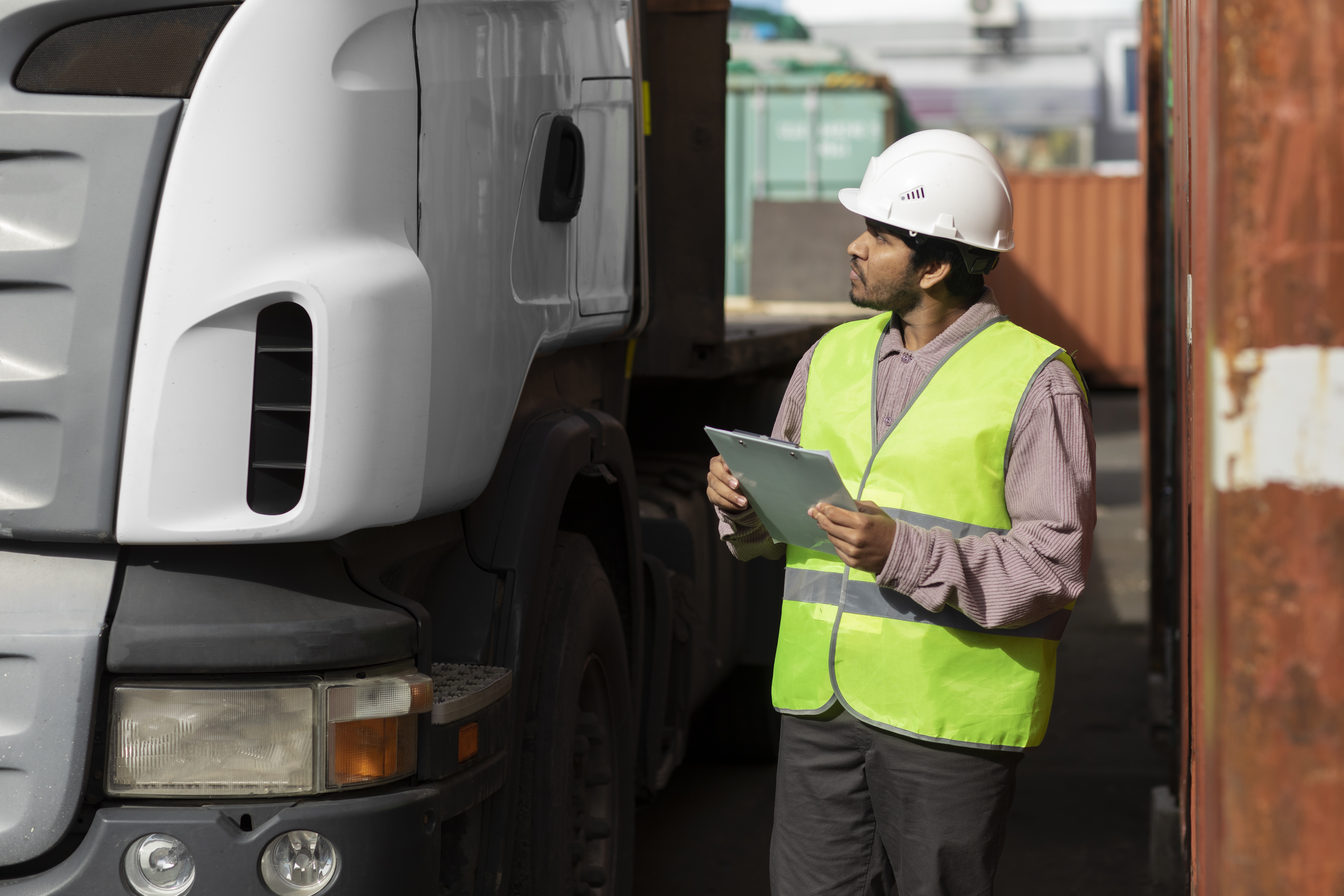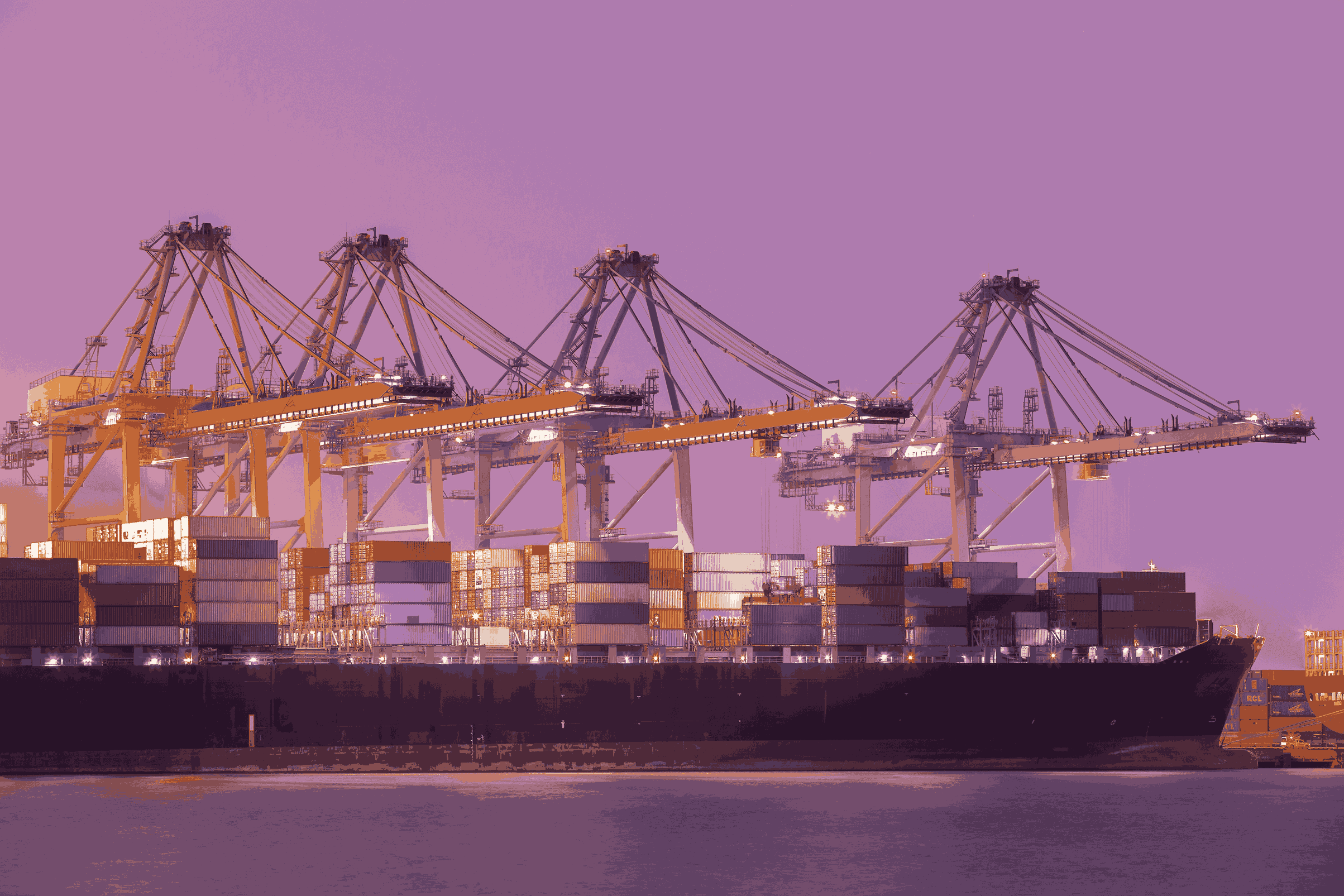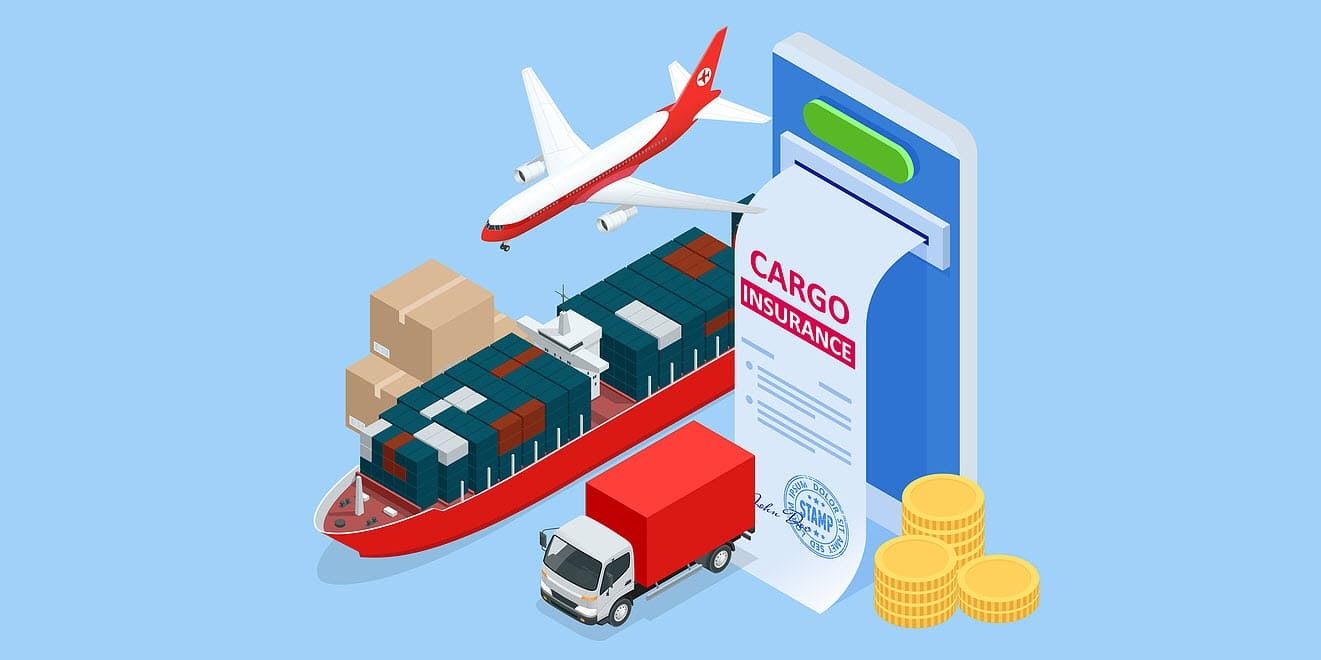Improved Collaboration
Digital platforms facilitate seamless collaboration among various stakeholders, including suppliers, manufacturers, distributors, and retailers, by enabling secure data sharing, communication, and coordination of activities across the supply chain network.
Live Monitoring
Digital platforms provide real-time visibility into all aspects of the supply chain, from sourcing to delivery, enabling stakeholders to track inventory levels, monitor shipments, and identify potential bottlenecks or disruptions.
Optimized Inventory Management
By leveraging advanced analytics and forecasting algorithms, digital platforms help optimize inventory levels, reducing excess stock while ensuring product availability and minimizing the risk of stockouts or overstocking.
Increased Efficiency and Productivity
Automation of routine tasks, such as order processing, invoicing, and inventory tracking, streamlines supply chain operations, freeing up resources and reducing manual errors, thus enhancing overall efficiency and productivity.
Faster Decision-Making
Access to real-time data and analytics empowers supply chain managers to make data-driven decisions quickly, responding promptly to changes in demand, supply, or market conditions, thereby improving agility and competitiveness.
Cost Reduction
Digital platforms enable cost savings by optimizing various aspects of the supply chain, such as transportation, warehousing, and procurement, through better resource utilization, route optimization, and demand forecasting.
Enhanced Customer Experience
By ensuring timely delivery, order accuracy, and product quality, digital supply chain platforms contribute to a better customer experience, leading to higher satisfaction levels, repeat business, and positive word-of-mouth.
Risk Mitigation
Digital platforms help identify and mitigate supply chain risks, such as supplier disruptions, geopolitical issues, or natural disasters, by providing early warning signals, scenario modeling, and contingency planning capabilities.
Scalability and Adaptability
Digital supply chain platforms are inherently scalable and adaptable, allowing businesses to easily accommodate growth, expand into new markets, and adjust to changing customer needs or industry trends without significant IT infrastructure investments or operational disruptions.




.jpg)
